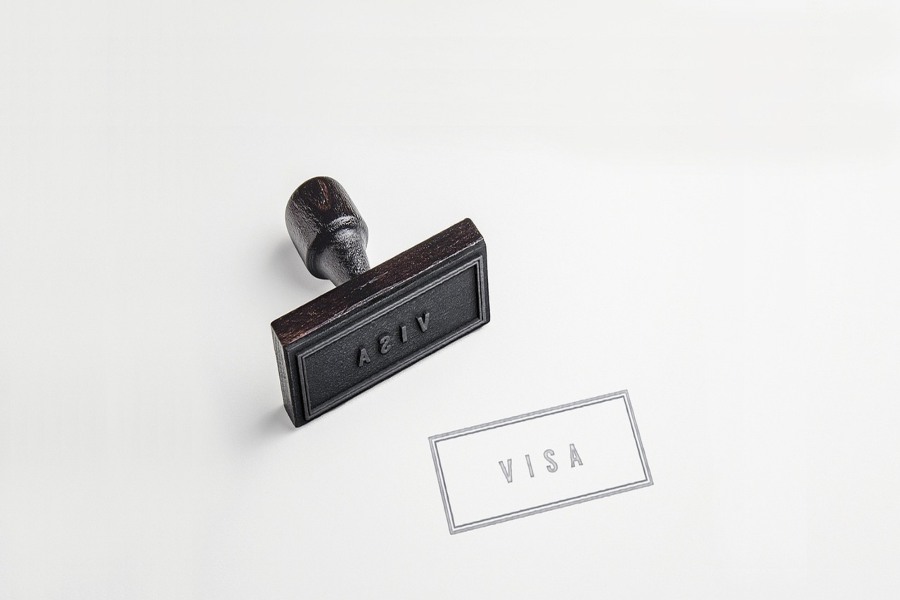Planning to join your partner in the UK should be a time full of excitement, love, and togetherness. So it can feel frustrating and even alien to have to think about logistics and needing to prove your connection. Nevertheless, this is a core part of successful Spouse Visa UK applications and understanding how to navigate it effectively will help minimise the legal hurdle that stands between you and your partner’s shared future.
The UK Spouse Visa is a great opportunity for partners to start their shared life in the UK, which is generally accessible to established couples where one partner qualifies as a UK or Irish national or resident with either settled or, at times, pre-settled status. To qualify, the key requirement is for you and your partner to show that this is a real and ongoing relationship. But what does this actually mean?
Proving Your Relationship: What is the Genuine Relationship Test?
Needing to prove the reality of a relationship when you are literally planning to start your life together right here in the UK can feel strange and even alien, but it is important to remember that while this visa aims to offer an accessible route towards this shared life in the UK, this could potentially invite fraudulent and pretend partnerships for the sole purpose of beating the immigration restrictions, which could harm and endanger affected parties.
As such, your relationship will need to pass some basic conditions, as well as the ‘Genuine Relationship Test’, which aims to assess whether you and your partner are in an authentic and loving relationship. This test involves several core aspects, including the official status of your relationship, evidence of cohabitation, if relevant, shared financial responsibilities, and a sustained history of communication and support.
You may also need to show that you have indeed met your partner in person, and provide other evidence of the relationship, which could include pictures of your marriage or mutual travel, other evidence of meeting up, chat logs, emails, or whatever else might show significant evidence that this is a real relationship.
Marriage, Civil Partnership, and Alternative Arrangements
At the heart of proving your relationship is to prove its status and eligibility for this visa. As the name suggests, the UK Spouse visa is aimed at married partners of an eligible UK-based individual. But the actual definition is a bit more open.
In general, marriages or, alternatively, officially recognised civil partnerships will be considered eligible under the UK Spouse visa pathway. It is important that this partnership status meets UK conditions: having multiple partners or marriages will not be accepted for this visa, and you must not be closely related to your partner.
In general, qualifying official categorisations of partnership include both marriage and civil partnerships, provided that these are recognised in the UK. This means that certain UK conditions must have been met, such as being each other’s sole and primary partner, as multiple marriages or partnerships will not be accepted for this visa, and not being too closely related to your partner as to where this might infringe on the Degrees of Prohibited Relationship Act.
Proving this will usually entail submitting your marriage certificate or civil partnership registration, as well as possibly some additional evidence of your ceremony, such as pictures or travel arrangements.
Proving Your Relationship Based on Cohabitation
You should note that this visa might still be accessible if you aren’t yet officially married or if your civil partnership hasn’t been registered yet. In such cases, you may be eligible to apply and would be issued the Fiance Visa instead, which is temporary but can be upgraded to the spouse visa, provided that your relationship is officially registered within 6 months of entering under this visa.
Finally, the UK spouse visa makes allowances for alternative arrangements, provided that they can support the claim of a genuine relationship of similar weight as a marriage or civil partnership without the official terms. As such, cohabitation of at least two years can offer a viable approach towards qualifying for this visa, where you will be expected to provide proof of a shared address either via home-ownership or rental agreement, or through evidence of financial upkeep linking both partners to the same address, which might be utility bills or similar records.
While more complicated, you should note that there may be exceptions to the cohabitation requirement, provided that there is a good reason. The UK immigration authorities recognise that certain circumstances may prohibit the ability of couples to live together, be it due to cultural boundaries or separation based on professional or educational grounds.
In this case, alternative evidence will need to carry most of the burden to prove the relationship which can be tricky, butsharing details such as sustained mutual financial or caring responsibilities, such as childcare, sustained communication such as chat logs or emails, and efforts to meet one another, such as traveling to meet or mutual holidays, may all count towards presenting proof of a real relationship.
No matter the relationship terminology, providing proof of suitable accommodation in the UK will be a requirement.
Navigating Financial Requirements
Beyond the core burden of proving that you and your partner are in a committed relationship, the UK Spouse Visa requires couples to meet certain financial requirements. In general, the UK-based partner will be considered a sponsor for the immigrating partner, and as such, it is required that the sponsoring partner has the means to support their partner. While this may be subject to other conditions, this means that the general income requirement for qualifying partnerships is £29,000 per year.
Under some circumstances, this income requirement may be subsidised by alternative arrangements. If the UK-based partner does not earn enough, providing proof of access to adequate financial means could serve as an alternative to the standard requirement. This could include other income sources such as savings, self-employment, or maternity leave.
Exceptions may also be made under humanitarian considerations.


